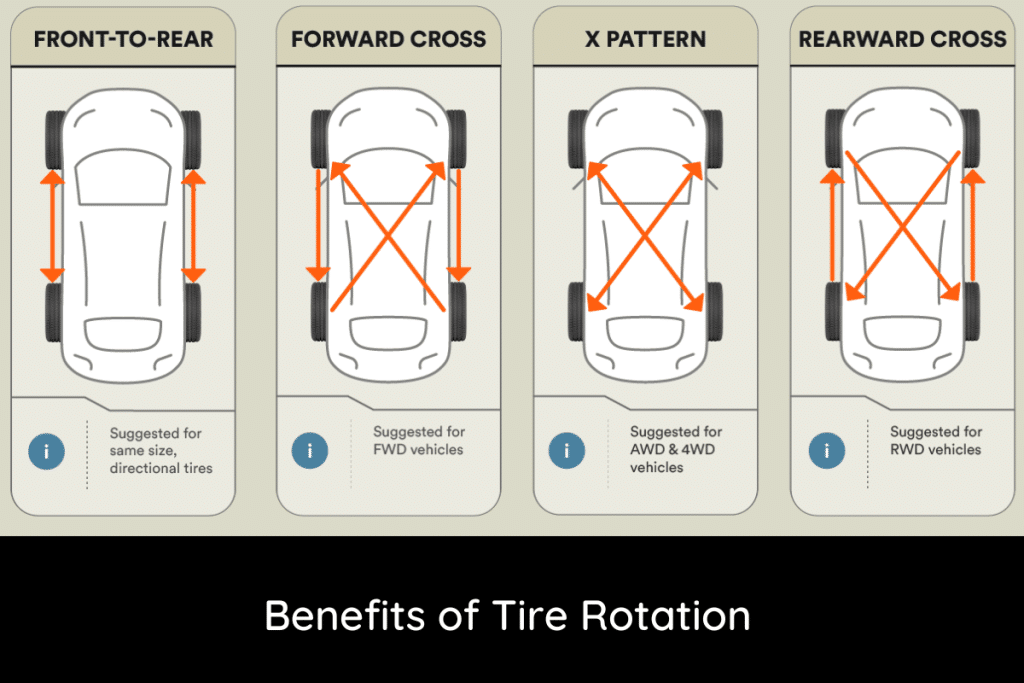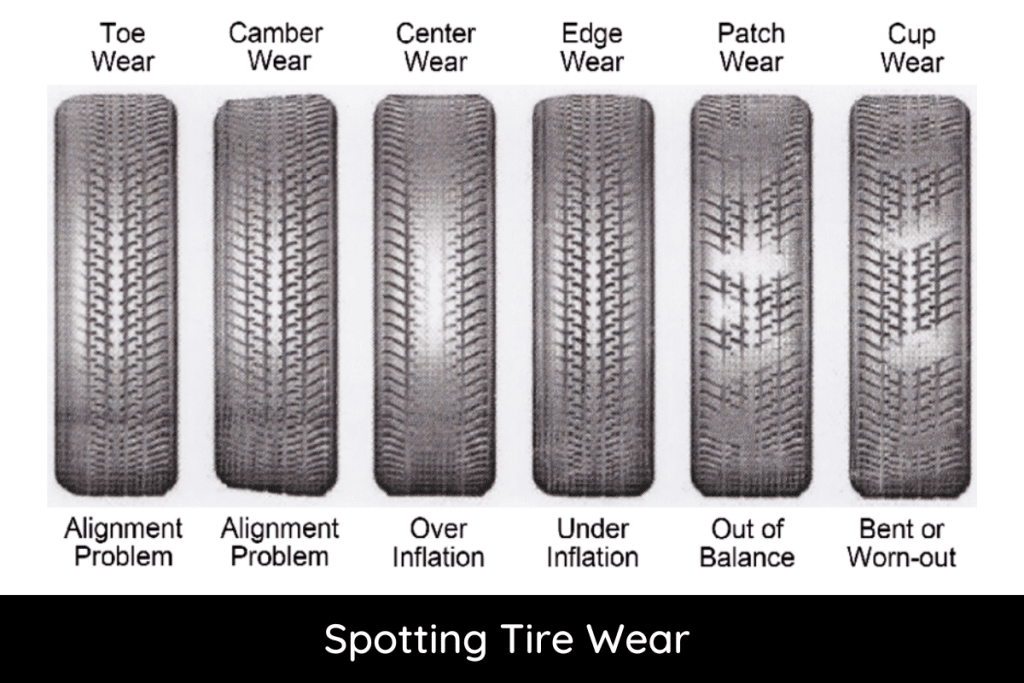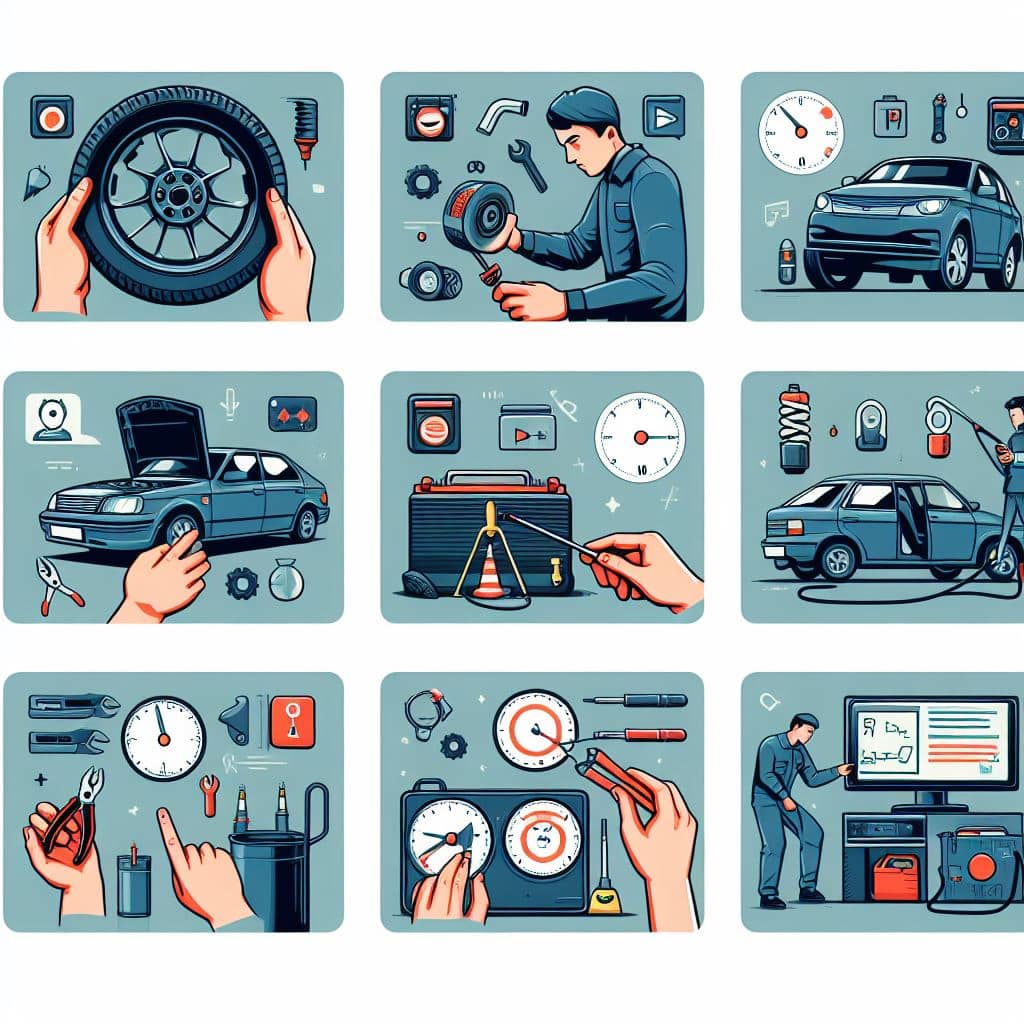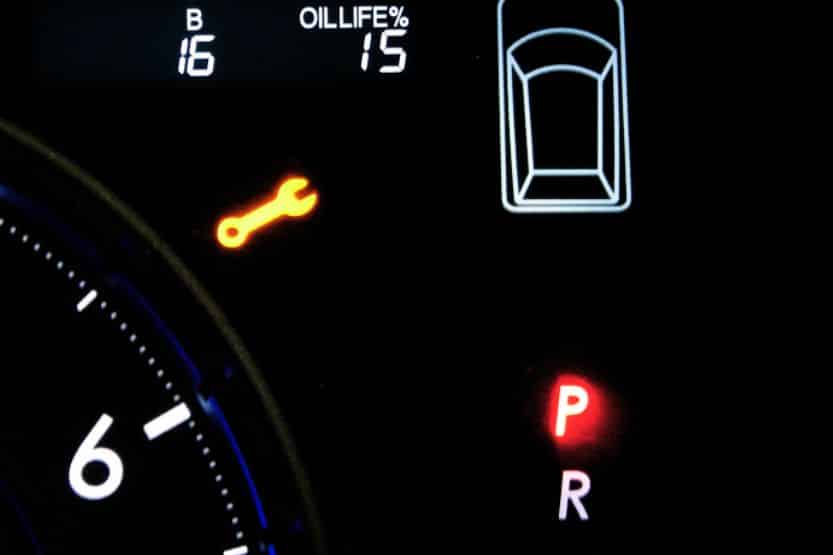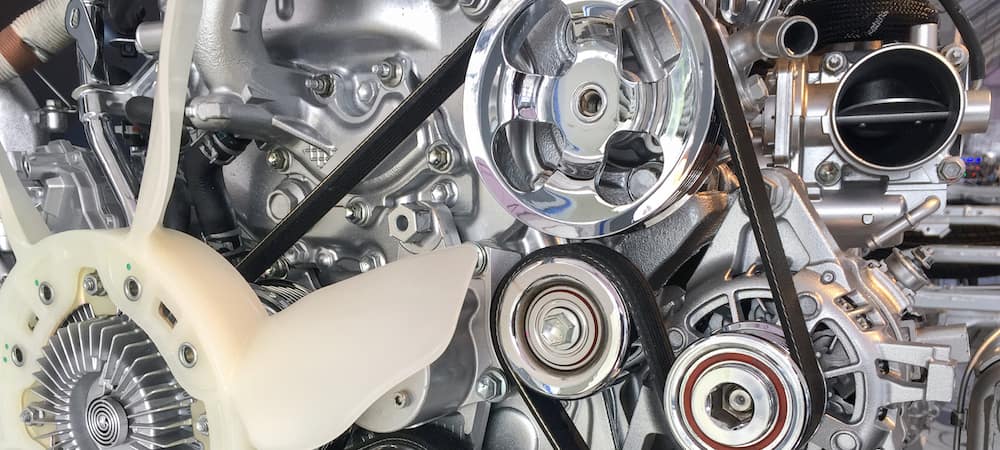You can drive as many as you want without a catalytic converter, which will affect your car’s performance immediately. A catalytic converter is an important part of your car’s emission control system and helps reduce the harmful gases that your car produces.
If you’re driving without one, you’ll notice a decrease in fuel efficiency and an increase in engine noise. You may also fail emissions tests and have difficulty passing smog checks. Ultimately, driving without a catalytic converter is illegal in most states, so it’s best to replace it as soon as possible.
What Is A Catalytic Converter, And What Does It Do In A Car Engine?
A catalytic converter is a component found in the exhaust system of a car engine. Its purpose is to reduce harmful emissions by converting them into less toxic substances before they are released into the atmosphere. The catalytic converter works by using catalysts, typically platinum, palladium, and rhodium, to chemically convert carbon dioxide and hydrocarbons into carbon dioxide and water vapor.
In addition, it also helps to reduce nitrogen oxide emissions. While catalytic converters have been mandatory in cars sold in the United States since 1975, they have faced challenges such as catalyst poisoning and theft due to their valuable metals. However, they continue to play an essential role in reducing harmful vehicle emissions.
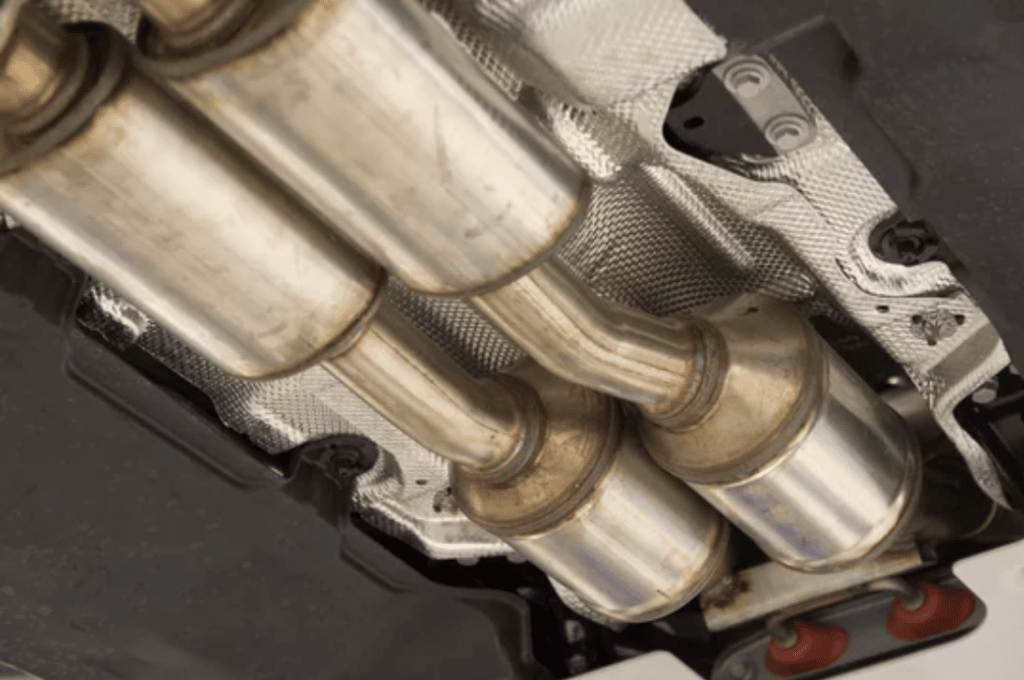
Can You Drive Without a Catalytic Converter?
The short answer is yes. You can drive without a catalytic converter, but it is illegal to do so in many states. The catalytic converter is an essential component of a car’s exhaust system and significantly reduces harmful emissions. Without it, your car would produce far more harmful emissions than it does with the converter installed.
In fact, running without a catalytic converter can provide some performance benefits by adding 5-10 horsepower.
If your catalytic converter needs to be repaired or replaced, it is important to have it done as soon as possible.
How Long Can You Drive Catalytic Converter?
The catalytic converter is a key component in reducing harmful emissions in your vehicle. So how long can you drive without one? It is not recommended to drive without a functioning catalytic converter for an extended period of time, as it can lead to increased emissions and potential damage to the engine. In some areas, driving without a catalytic converter is also illegal and can result in fines or other penalties.
However, in a pinch, if the catalytic converter becomes damaged or fails unexpectedly, it may be possible to drive a short distance at low speeds until a replacement can be found. Ultimately, it is best to address any issues with the catalytic converter as soon as possible for the health and longevity of your vehicle.
Is It Illegal To Drive Without a Catalytic Converter?
Yes, driving without a catalytic converter is illegal in every state. A catalytic converter is an important emissions control device in your vehicle. The converter helps to reduce harmful pollutants in exhaust gases from your engine.
Depending on your state, penalties for driving without a catalytic converter can range from a small fine to having your vehicle impounded.
It’s important to note that some states have different laws and penalties for vehicles that are not equipped with a catalytic converter.
Why Is It Prohibited to Drive a Car Without a Catalytic Converter?
It is illegal to drive a car without a catalytic converter because of the vehicle’s harmful emissions.
Without a catalytic converter, your car would produce more carbon dioxide and nitrogen oxide. These pollutants can contribute to smog and air pollution. Additionally, they can be harmful to human health if inhaled.
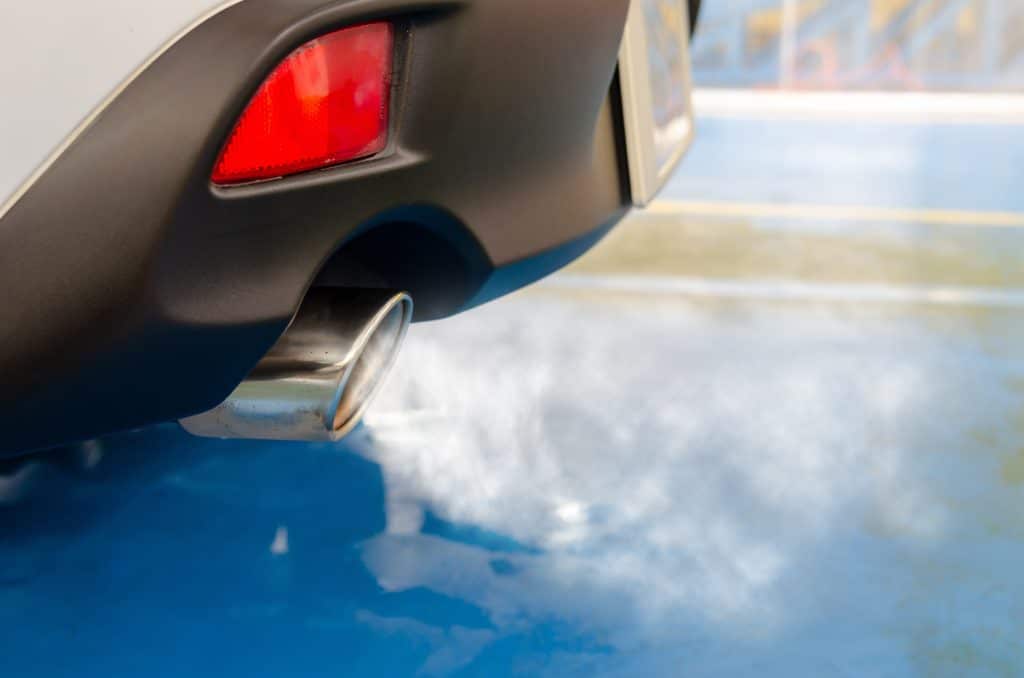
What Are The Consequences Of Driving Without A Catalytic Converter?
Driving without a functioning catalytic converter can have serious consequences for both the environment and individual drivers. Without the converter, harmful pollutants such as carbon dioxide and nitrogen oxides are released unchecked into the atmosphere. This contributes to air pollution and can exacerbate respiratory conditions in both humans and animals.
In addition, driving without a working catalytic converter is illegal, and individuals found in violation may face steep fines or even imprisonment. Regular maintenance of a vehicle’s catalytic converter can help protect both the environment and oneself from these negative consequences.
Why Do Catalytic Converters Get Stolen?
Catalytic converters can be valuable to scrap metal dealers because they contain small amounts of precious metals, such as platinum and palladium. The price of these metals has been on the rise in recent years, making catalytic converters an increasingly attractive target for thieves.
The theft of catalytic converters often goes unnoticed until the vehicle is started and the engine light comes on. This is because the converter is located under the vehicle, making it difficult to see from the outside.
How Much Does It Cost To Replace A Catalytic Converter?
The cost to replace a catalytic converter can vary greatly depending on the make and model of your vehicle. Generally speaking, catalytic converters for smaller, domestic cars can range from $500 to $2000 for replacement.
However, catalytic converters for larger, imported vehicles can cost upwards of $4000 or more. It is important to note that catalytic converters cannot be repaired and must be replaced entirely.
Many auto repair shops offer catalytic converter replacement services, with prices varying by location and labor costs. Additionally, it is important to remember that the catalytic converter reduces harmful emissions from your car’s exhaust, so proper maintenance is crucial for environmental and financial reasons.
Engine Error Code P0420
If your vehicle’s engine throws an error code P0420, it means the catalytic converter is not functioning properly. The P0420 code indicates that the converter is not able to convert harmful pollutants in exhaust gases into less harmful emissions. This can be caused by a number of factors, including a clogged converter or damaged oxygen sensors.
The ECU will receive a signal from the post-cat oxygen sensors to alter the fuel mixture due to this shift. The catalytic converter will likely give rise to this check engine light and P0420 engine trouble code.
How To Clean A Catalytic Converter?
The catalytic converter is a vital component of a car’s exhaust system, which is responsible for converting harmful emissions into less toxic gases. However, it can become clogged with buildup over time, causing reduced engine performance and increased emissions. Fortunately, cleaning your catalytic converter is a simple process.
You can read our article about “cat” cleaning to find out more about it.
Should You Replace Your Catalytic Converter If It’s Damaged Or Worn Out?
When it comes to the health and function of your vehicle, the catalytic converter is a crucial component. This device helps to reduce harmful emissions by converting them into less harmful substances before they are released into the atmosphere.
However, over time, the catalytic converter can become damaged or worn out, reducing its effectiveness and potentially causing engine problems. In this case, it is important to consider replacing the converter to maintain your vehicle’s efficiency and safety.
It is also essential to adhere to any emissions testing requirements in your area, as a faulty catalytic converter can lead to failed inspections and possibly even legal repercussions. Ultimately, replacing a damaged or worn-out catalytic converter is an investment in your vehicle’s performance and environmental responsibility.
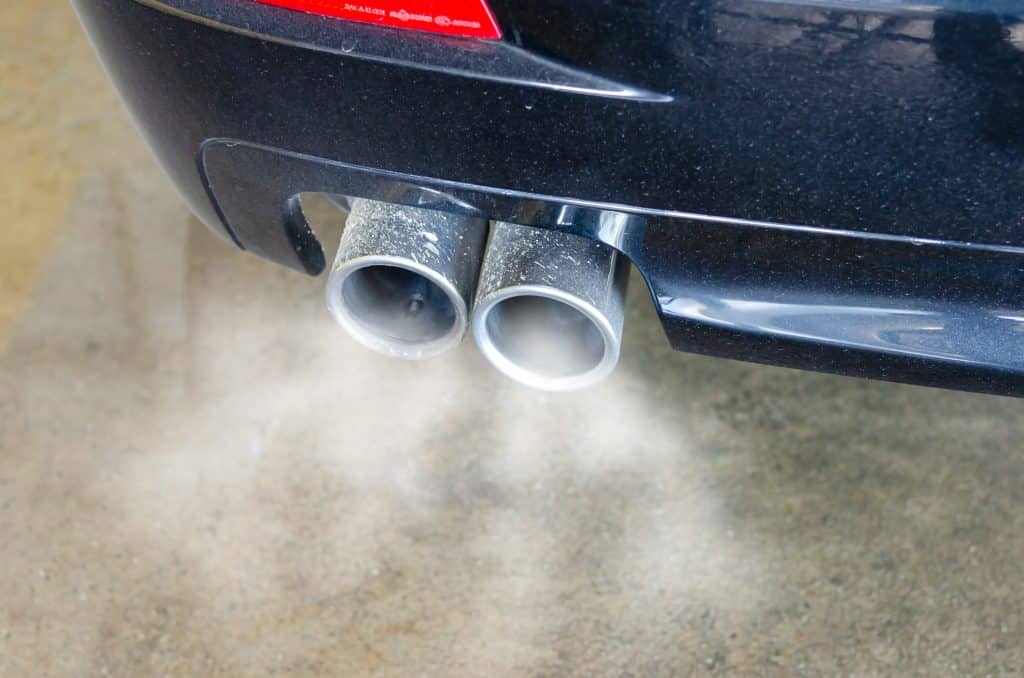
Can I Replace My Catalytic Converter With A Straight Pipe?
No, you cannot replace your catalytic converter with a straight pipe. The catalytic converter is an essential component of a car’s exhaust system and serves an important purpose in reducing harmful emissions.
A straight pipe would not be able to provide the same level of emission reduction, and it would likely result in increased engine noise as well. Additionally, most jurisdictions have laws that mandate the use of catalytic converters, so replacing yours with a straight pipe could lead to legal trouble.
If your catalytic converter is damaged or worn out, it is best to replace it with a new unit rather than attempting to bypass it with a straight pipe.
Conclusion
A catalytic converter is an integral part of your car engine and helps to make it more environmentally friendly. If you drive without one, you will eventually fail an emissions test. The consequences of driving without a catalytic converter can be expensive and damage your car’s engine. It is, therefore, essential to replace it if it is damaged or worn out.
A catalytic converter is a virtual emission control device in a car engine, and driving without one can have severe consequences. If your catalytic converter is damaged or worn out, it’s best to replace it as soon as possible. It may be costly, but keeping your car running smoothly and passing emissions tests is worth it.
How long did you manage to drive without a catalytic converter? Write your experience in the comments.


